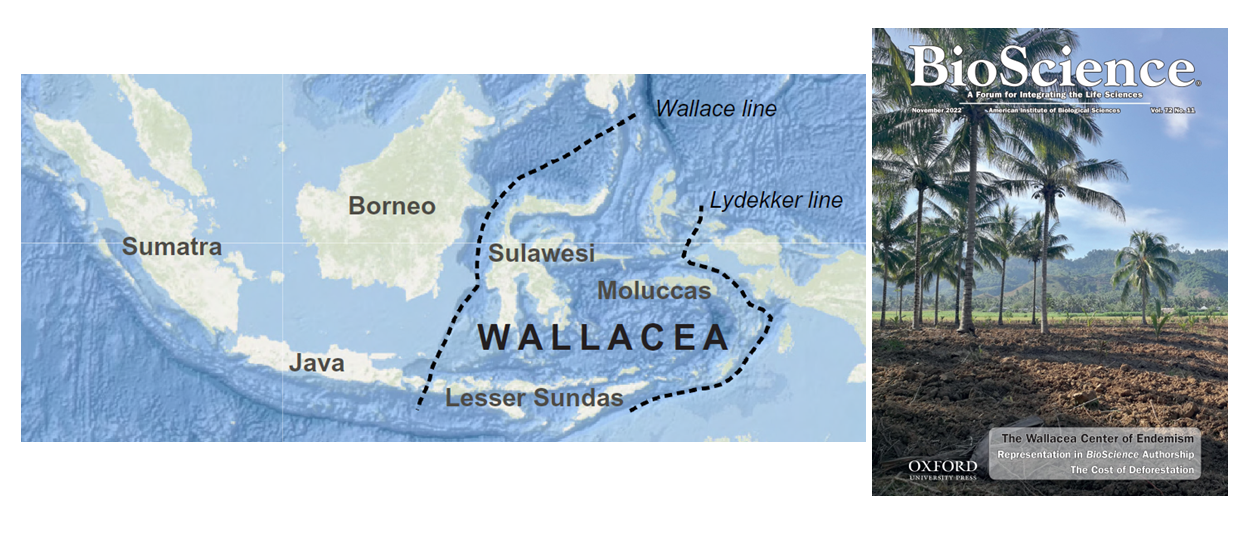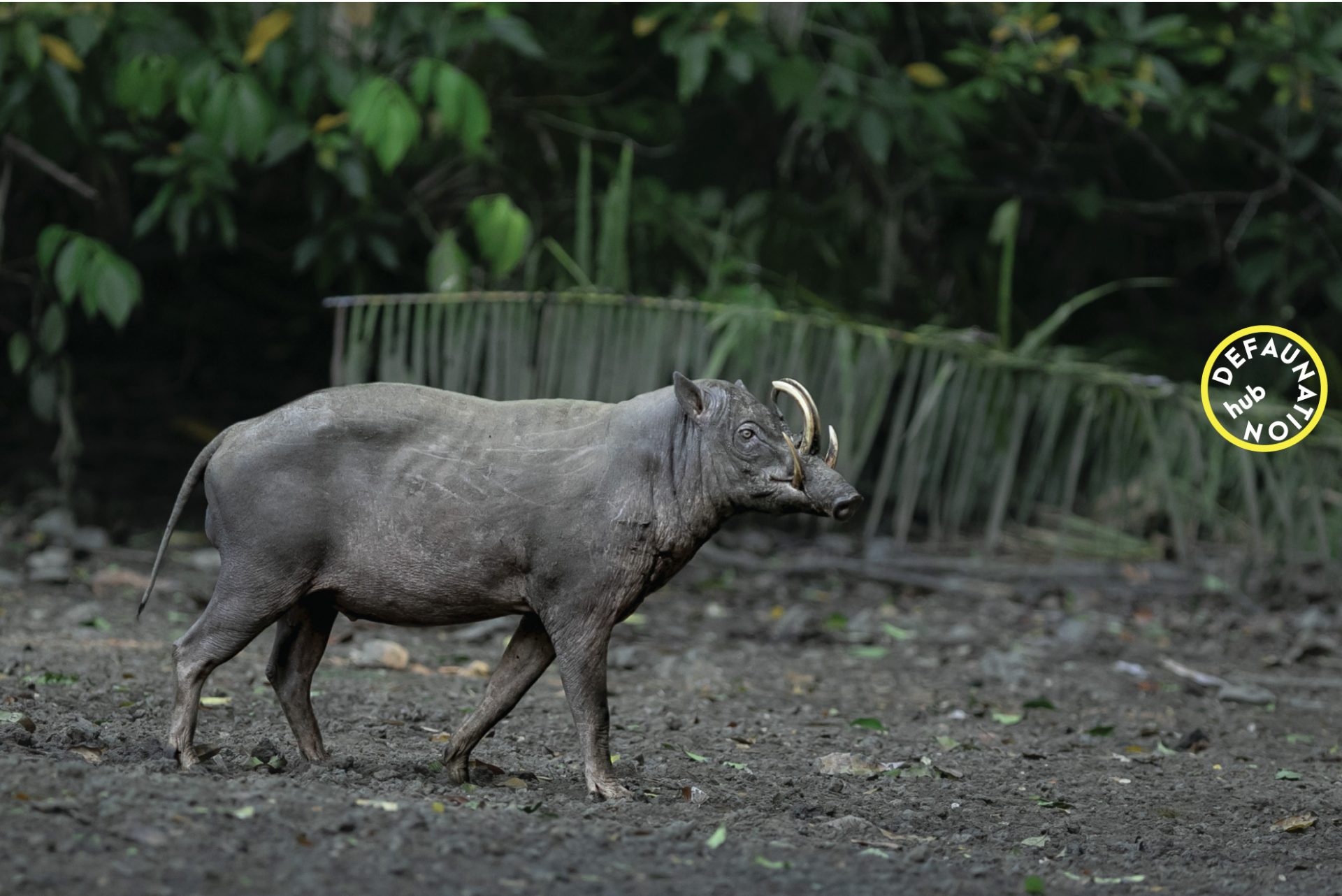Wallacea is emerging as a new developmental frontier in Indonesia and a target for agribusiness and extractive industries. It has an exceptionally distinctive vertebrate diversity which forms the second highest level of endemism in the world, making the region a global priority for conservation. Despite these biodiversity credentials, the impacts of the region’s complex land-use history is much less understood here than in other parts of Southeast Asia. Between 2019 and 2022 Kent co-ordinated a UK-Indonesia research consortium funded by NERC and Ristekdikti to deliver the science needed to understand tensions in land-use and the responses of biodiversity to environmental change in Wallacea.
Defaunation hub researchers contributed an ambitious study of bird responses to land-cover change across multiple landscapes in Sulawesi and Maluku, revealing significant biotic homogenisation. Postdoc Simon Mitchell worked with colleagues in Universitas Indonesia to survey birds across land-cover gradients in forests, agroforests and intensive farmland.
In addition GIS researchers Eleanor Stewart and Dominic Muenzel, worked with colleagues across the Wallacea consortium on a ridge-to-reef conservation planning assessment across the region.
